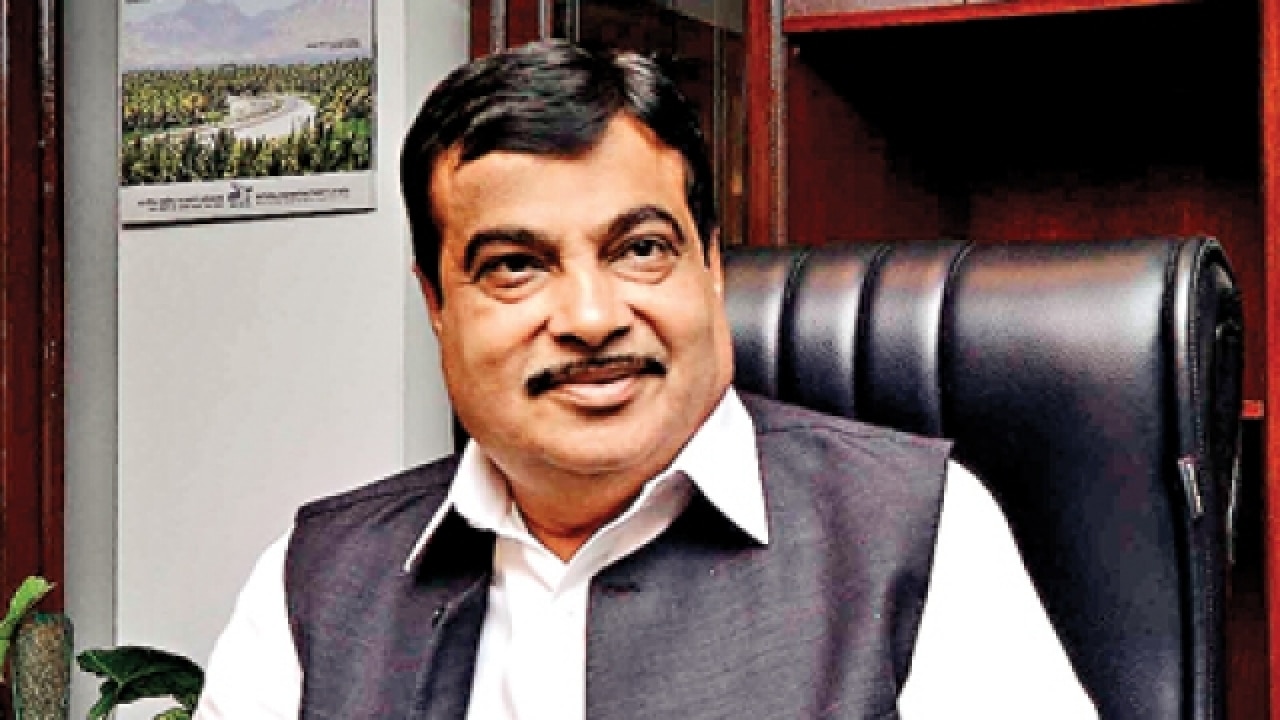
Union Road Transport Minister Nitin Gadkari’s statement that the Centre will soon come out with a draft policy on scrapping vehicles older than 15 years is a welcome move that can help curb air pollution. New technologies like catalytic converters, on-board computers, sensors and diagnostics which monitor fuel injection, emissions and energy efficiency have resulted in vehicles that are cleaner than a decade ago.
Gadkari claimed that 65 per cent of air pollution was caused by heavy vehicles older than 15 years and these would be taken off roads in the first phase. In the past, the minister had said that through a combination of tax exemptions and discounts, passenger vehicles will get a discount of Rs 30,000 to Rs 50,000 and heavy vehicles up to Rs 1.5 lakh when buying new vehicles after trading in their old ones.
Initially, the road transport ministry had proposed a voluntary vehicle fleet modernisation scheme to phase out vehicles purchased before March 2005 to take out around 28 million vehicles. But the finance ministry had raised concerns about the viability of the project. The present plan is definitely more workable. For one it is mandatory. Secondly, the earlier proposal to phase out 10-year-old vehicles had the potential to lead to large-scale protests from sections of the middle class, lorry and bus owners and perhaps, even to a transport strike. A 15-year phase-out is more practical and legally tenable. After all, road tax is paid for 15 years at the time of purchase of a new vehicle. This would call into question the legality of a withdrawal of vehicles by the government despite taxes being paid.
The plan to scrap older vehicles will also have a positive impact on the automobile industry which is witnessing a period of sagging growth. Gadkari first announced his plans to phase out old vehicles in mid-2015. Twenty months have elapsed since then. Even the previous UPA government toyed with a similar scheme in 2013 and proposed to set up a Rs 1,000 crore fund and pay Rs 1 lakh per heavy vehicle to manufactures to subsidise the exchange of old vehicles.
Time is of the essence especially when Indian cities are struggling with an uptick in air pollution and respiratory diseases. Gadkari’s focus on clean technologies has opened up growth avenues for the auto industry. The Faster Adoption and Manufacturing of Hybrid and Electric vehicles (FAME) policy providing generous incentives to both manufacturers and buyers is an example. A lot of work remains to be done, from publishing the draft vehicle scrappage policy, notifying it to announcing the budgetary incentives and then preparing for the mass recall of the older vehicles.